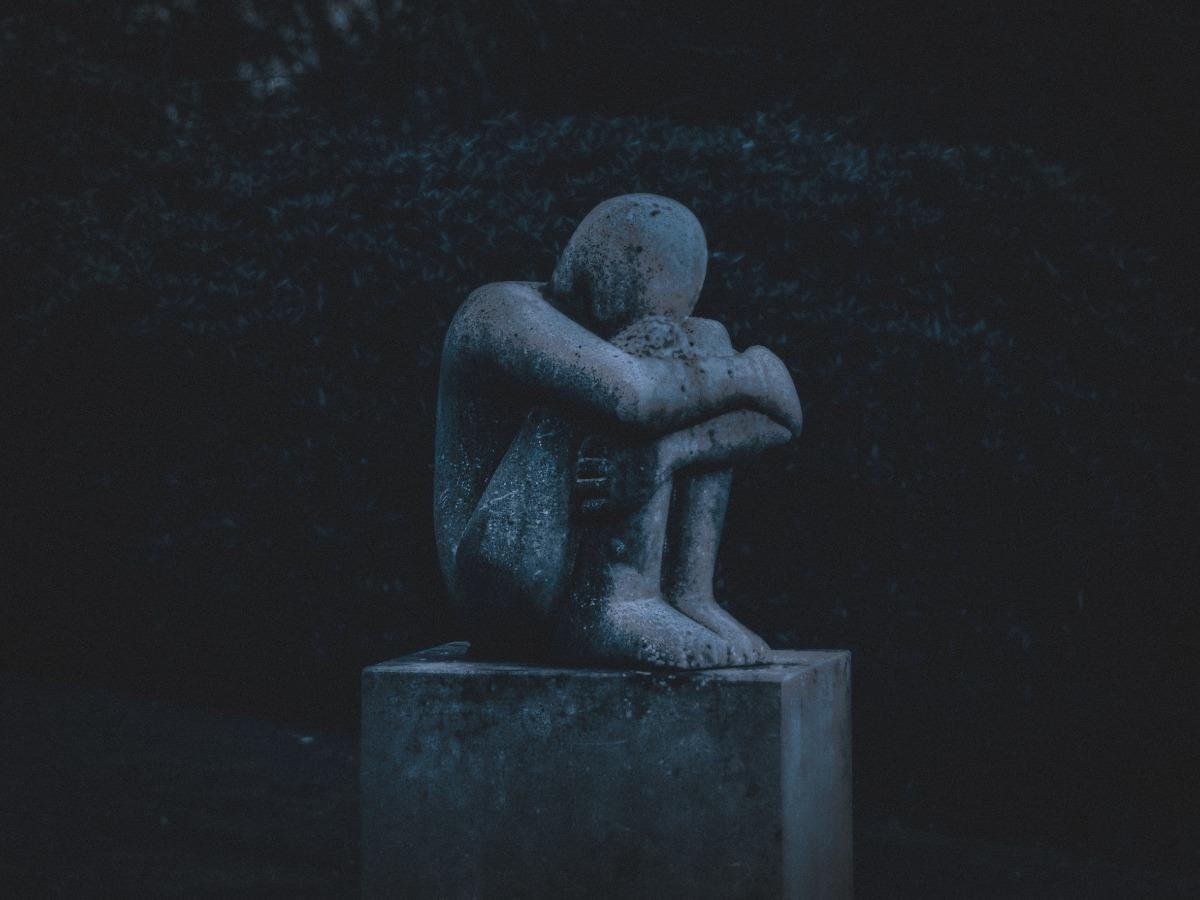
Photo by K. Mitch Hodge on Unsplash
Editor's Note: This article discusses reactions to trauma and may be triggering for some readers. It also contains spoilers for the book and film Bastard Out of Carolina by Dorothy Allison and Showtime Networks.
“I fell into shame like a suicide throws herself into a river.”
― Dorothy Allison, Bastard Out of Carolina
Bastard Out of Carolina is Dorothy Allison's semi-autobiographical novel depicting child poverty, physcial abuse and sexual abuse. It was made into a major motion picture in 1996. The main character, Bone, experiences fear, rage, helplessness and shame. As her stepfather continues to abuse her and her mother fails to protect her, Bone's unexpressed trauma responses build up in her body. Her sense of shame and helplessness increase. Eventually, Bone becomes numb to her own feelings.
Trauma survivors like Bone are often asked, or ask themselves, why they cannot “just get over it” or “leave the past in the past.” A trauma survivor cannot simply think themselves out of the past because it lives on in their bodies (Levine, 1997). Those who live in dissociativive hypoarousal experience a form of inescapable shock, also known as learned helplessness.
Many students of psychology learn about Martin Seligman’s studies of dogs who were exposed to shock while trapped in cages. Later, when researchers opened the cages, the dogs did not even try to leave. They were not able to recognize that they were now safe and could go. The inability to recognize their new situation comes from being stuck in the fear/helplessness/immobilization cycle. The cycle takes so much energy to maintain and requires so much focus that little energy remains for problem-solving.
People in dissociative hypoarousal, who appear generally “numb” and “frozen,” re-experience traumas over a prolonged period of time (Levine, 1999; van der Kolk, 2014). Re-experiencing without healing leads to increasing levels of immobilization. Blocked traumatic energy, lives inside us as extreme fear, rage, shame and helplessness (Levine, 2010).
The longer trauma remains in our bodies, the deeper we move into dissociative hypoarousal. Emotions of fear, rage, shame and helplessness keep us locked in hypoarousal. We carry overwhelming fears associated with trauma. These fears live on in our bodies as a fight or flight response that has not been allowed to release its energy. Our frustrated fight responses live in our bodies as corked-up rage. Our frustrated flight responses live in our bodies as helplessness. Helplessness becomes its own prison keeping us locked in the immobilization response (Levine, 2010).
Due to the nature of shame, it too keeps us locked in immobilizaiton. Our desire to avoid feeling shame from trauma unintentionally prevents us from releasing it from our bodies. Our brain starts to doubt whether the trauma really was all that bad. Instead of allowing our bodies to discharge intense trauma energy, we suppress it.
Fears around shame, helplessness, and rage set the stage for our internal triggers. We continue to experience our own internal shame, helplessness and rage as threatening. We unintentionally, and often unconsciously, maintain our own immobilization by keeping trauma energy inside. Over time, this response can develop into additional mental health challenges such as depression, suicidality, various forms of self-harm, as well as a variety of physical health problems (Levine, 1997).
The Second Pathway details the development of hypoarousal in the bodies of trauma survivors. The therapies that arise naturally from this view tend to focus on the release of trauma from the body (e.g., Ogden & Fisher, 2015; Levine, 1997). Somatic therapies use a bottom-up approach to help trauma survivors move trauma energy out of the body and "restore goodness" (Levine, 2010).
In my next article, I show how the many forms of abuse lend themselves to the biphasic response.
The content of this blog is for informational purposes only and is not intended to diagnose, treat, cure, or prevent any condition or disease. This blog is not intended as a substitute for consultation with a licensed practitioner. Please consult with your own therapist or healthcare provider regarding any suggestions and/or recommendations made in this blog. Although the author has made every effort to ensure that the information in this blog was correct at publication time and while this publication is designed to provide accurate information in regard to the subject mater covered, the author assumes no responsibility for errors, inaccuracies, omissions, or any other inconsistencies herein and hereby disclaim any liability to any party for any loss, damage, or disruption caused by errors or omissions. Unless otherwise indicated by name or direct reference, any resemblance to persons, living or dead, or actual events is purely coincidental. The use of this blog implies your acceptance of this disclaimer.
Allson, D. (1993). Bastard Out of Carolina. Plume.
Huston, A. (Director) (1996). Bastard Out of Carolina. Showtime Networks.
Levine, P.A. (2010) In An Unspoken Voice: How the Body Releases Trauma and Restores Goodness. North Atlantic Books; ERGOS Institute Press.
Levine, P.A. (1997). Waking the Tiger: Healing Trauma. North Atlantic Books.
Ogden, P. & Fisher, J. (2015). Sensorimotor Psychotherapy: Interventions for Trauma and Attachment. Norton.
Van der Kolk, B. (2014). The Body Keeps The Score: Brain, Mind, and Body in the Healing of Trauma. Penguin Books.
© Nancy B. Sherrod, PhD
